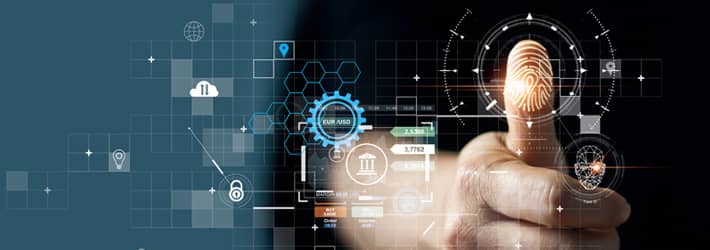
The purpose of data democratization is to empower employees with improved access to the data they need to perform their role, and to ensure that they have the knowledge, skills and technologies to make informed decisions and derive meaningful insights from the data.
An effective data democratization strategy will enable employees to ask data-related questions, thus improving their data literacy. If employees know exactly what data they need access to, it will make is easier for security teams to assign the appropriate access controls.
Data democratization is an ongoing process, and may require a cultural shift within the organization. This is especially true for large organizations who collect and store vast quantities of information.
The Benefits of Data Democratization
Organizations are collecting more data than ever, thus making it increasingly more difficult for data teams to meet the demands of their role. With this in mind, data democratization exists to ensure that:
- Employees have access to the data they need, when they need it;
- Employees trust the data they have access to;
- Employees have the knowledge to be able to ask informed questions about the data;
- Employees have access to the tools they need to analyze the data;
- Employees are more self-sufficient when it comes to learning about data, and identifying different types of data.
What Do Employees Need to Know About Data
There are a number of general questions that employees should ask when deciding which data they need access to. Such questions include;
- What data does the company collect, how, and why?
- What does the data look like?
- Why is certain data tracked, and how is it tracked?
- Where is the data stored, and in what format?
- How sensitive is the data, and what would be the consequence of unauthorized disclosure?
There are many different types of data, stored in different formats and locations. And, since different employees have different needs, they will require varying degrees of data literacy. They will also need different skills to be able to use the data, and derive meaningful insights from it. Below are some examples of the types of data employees will need access to (and knowledge of), including their format and location.
- Data stored in a database, such as Oracle, SQL Server or PostgreSQL;
- Unstructured data such as Word documents, multimedia files, spreadsheets and presentations;
- Data stored in cloud repositories;
- Data from analytical tools;
- Demographic data from customer engagement tools;
- Data collected for, and extracted from, marketing campaigns;
How Can Data be Used
Data is collected and used for many different reasons, some of which include:
- Creating personalized and engaging content for marketing campaigns;
- Developing models to predict future trends and outcomes;
- Adding product features, and removing features that are not required;
- Delivering quicker and more accurate support to customers;
- Identifying potential customers and business opportunities;
- Understanding how the business is performing, and where future investments should be made.
What Technologies Can Improve Data Democratization
Different teams require different technological solutions, and implementing the right technologies requires dedicated personnel to manage this ongoing process. Companies should carefully select solutions that will help employees derive insights from a broad range of data sources, and make data-led decisions without relying on others. Examples of technologies that facilitate data democratization include:
Data classification
Automatically discover and classify your critical assets in order to help security teams (and employees) quickly locate specific types of data. Classifying your data will also make is easier for security teams to implement the appropriate safeguards.
Business intelligence (BI)
Adopt a data warehouse solution such as Amazon Redshift, Snowflake, and Google BigQuery, to support business intelligence activities, especially analytics. On top of your data warehouse you can leverage additional BI tools such as Looker, ClicData and Ortto to help you explore and share insights in real time.
Extract, Load, Transform (ELT)
An ELT solution will extract data from multiple sources, check the data for inconsistencies, and consolidate the data into a centralized data warehouse. Some ELT solutions include: Airbyte, Fivetran, and Meltano.
Reverse ETL
A reverse ETL solution will copy data from a centralized data warehouse to a third-party application or service. Examples of reverse ETL solutions include: Census, Grouparoo and Hightouch.
Of the solutions listed above, a tool that enables you to easily discover and classify your data is perhaps the most important, as it will help you determine exactly what data you store, and where it is located. It will also help you determine how sensitive the data is, and thus how to treat it.
If you’d like to see how the Lepide Data Security Platform can help you develop and maintain an effective data democratization strategy, schedule a demo with one of our engineers.